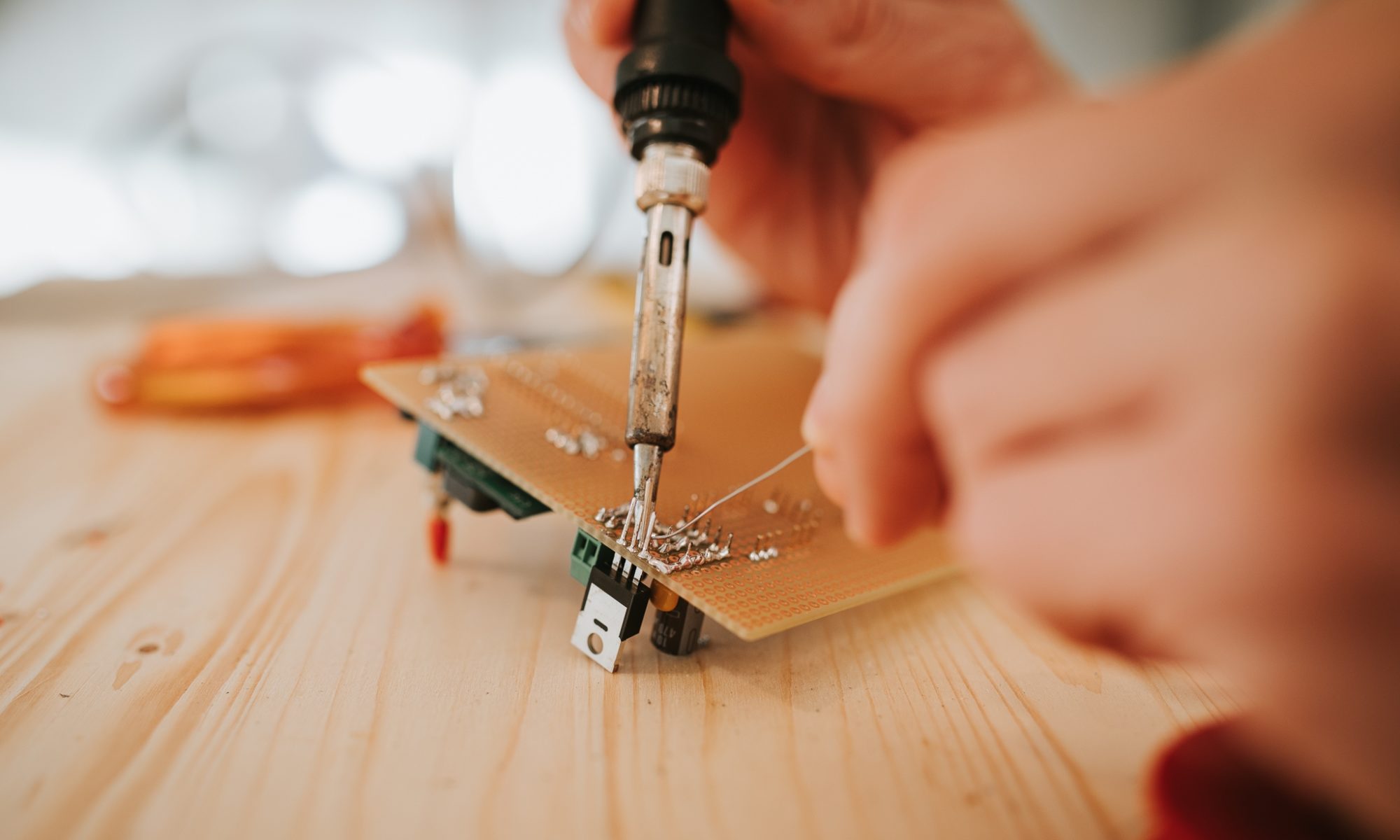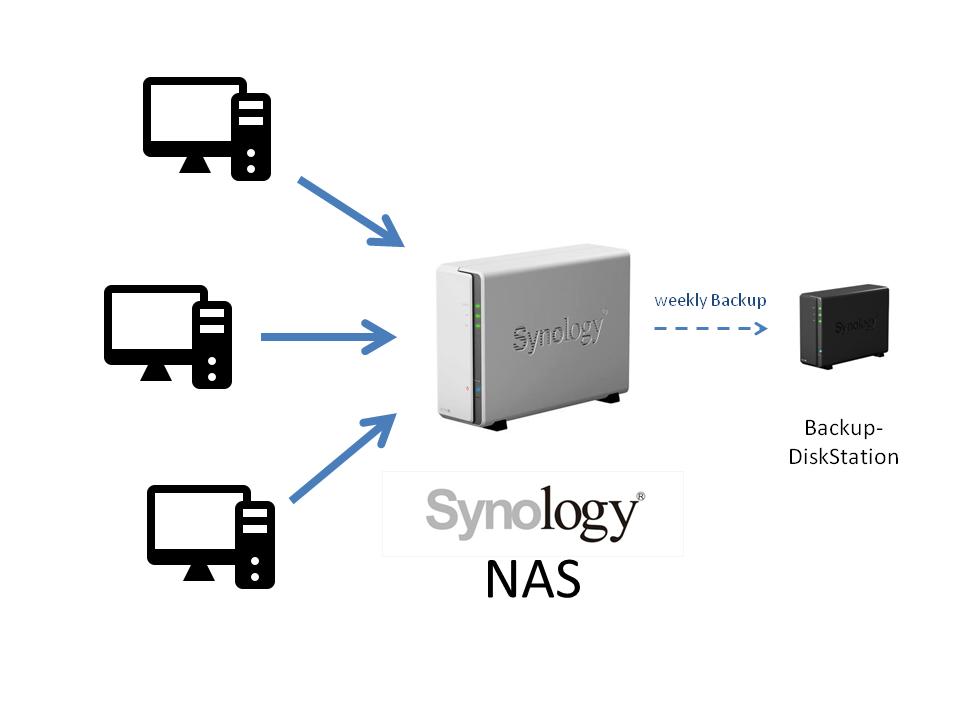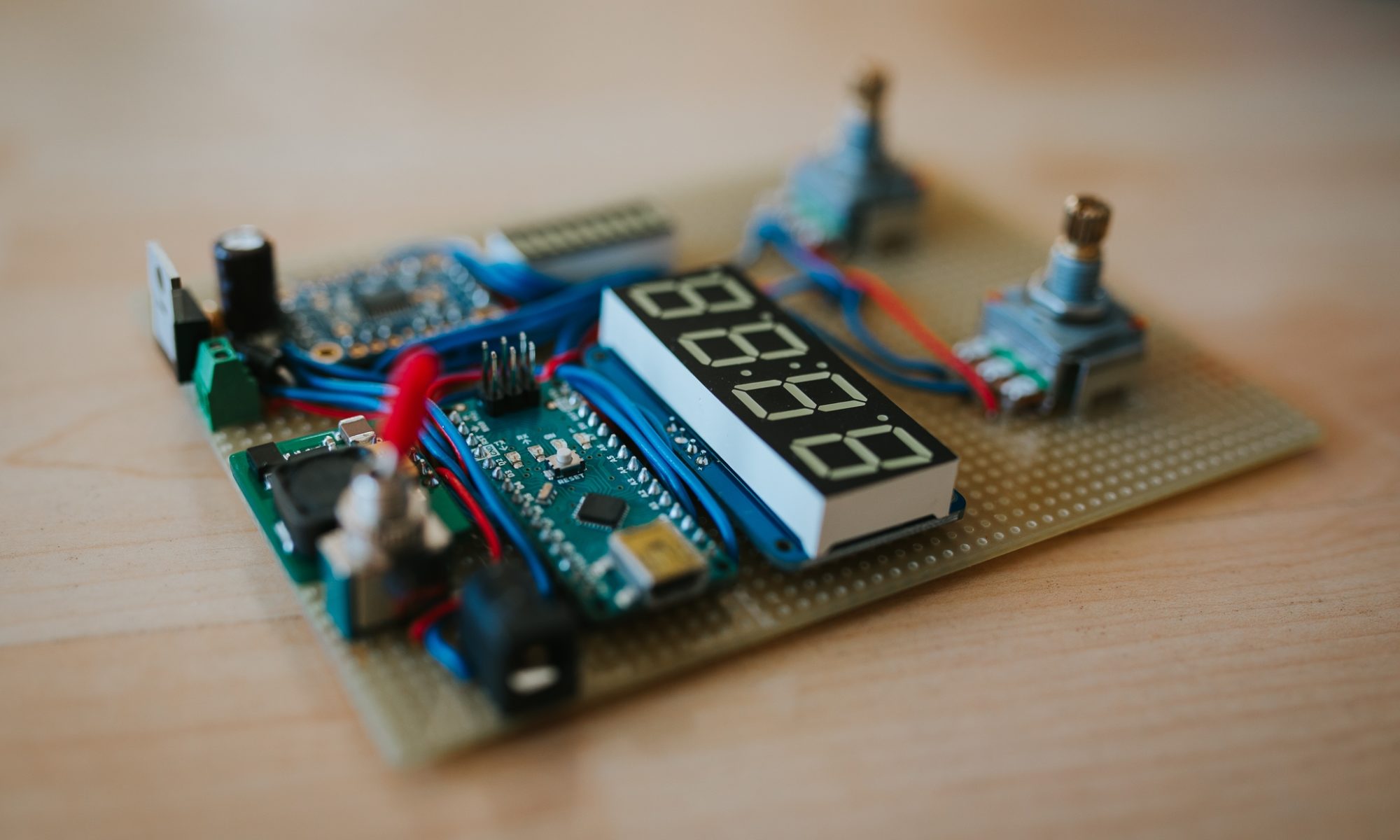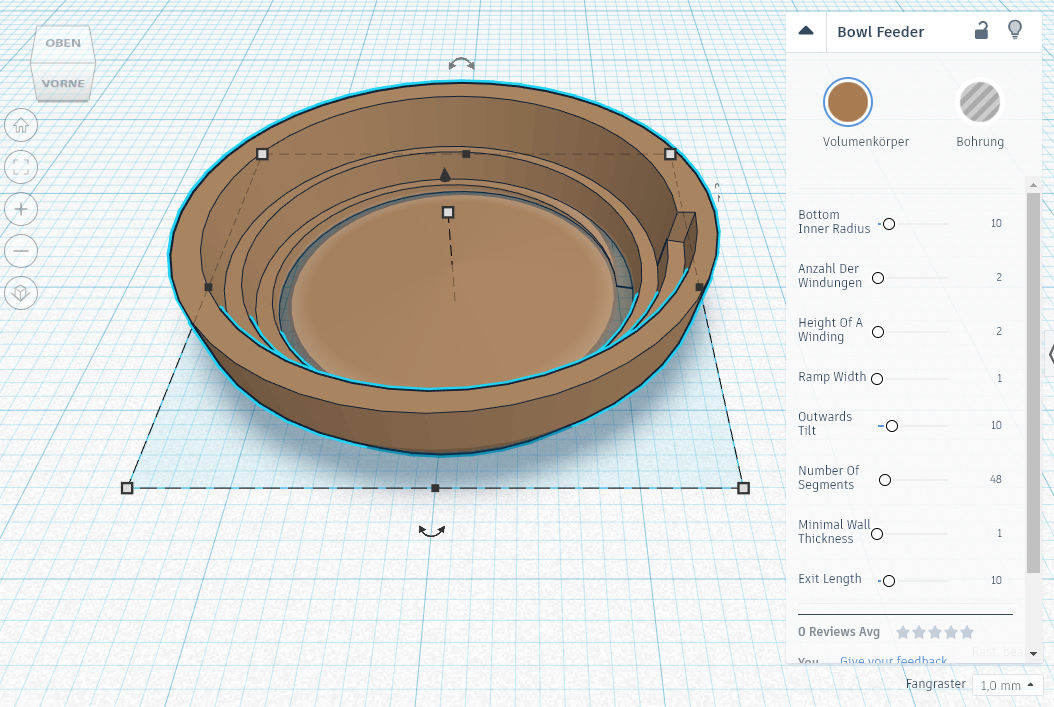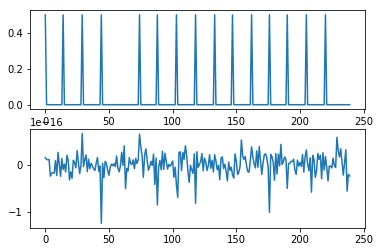Ein QR-Code ist eine komfortable Methode, Informationen in ein Handy zu übertragen ohne sie manuell eingeben zu müssen. Das können Web-URLs, E-Mail-Adressen oder auch ganze Visitenkarten sein. Einfach mit dem Handy abfotografieren, drauftippen und schon hat man’s.
Das funktioniert auch mit WLAN-Zugangsdaten! Heutzutage drucken viele Restaurants die SSID (=der „Name“ des WLANs) und das Passwort auf die Rechnung. Hotels reichen dem Gast einen zusätzlichen Zettel, Firmen legen laminierte Flyer in Besprechungsräume oder hängen die Zugangsdaten an die Wand. Dabei wäre ein einfacher QR-Code zusammen mit einem sprechenden Symbol viel eleganter!
Für mein Gästenetz zuhause wollte ich genau so einen QR-Code erstellen. In diesem Beitrag möchte ich beschreiben wie ich das geschafft habe.
Continue reading “QR-Code für WLAN erzeugen”